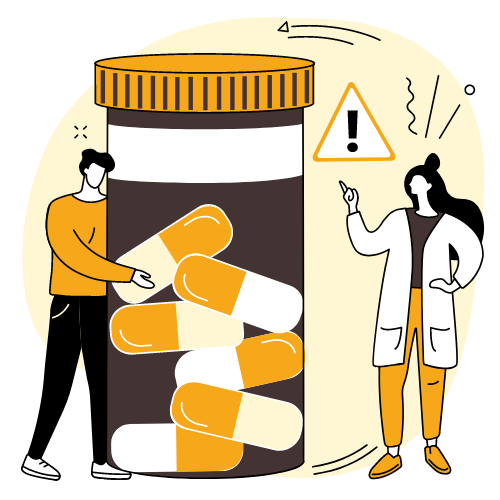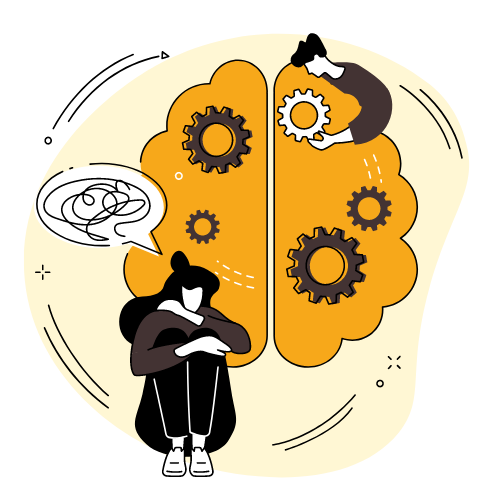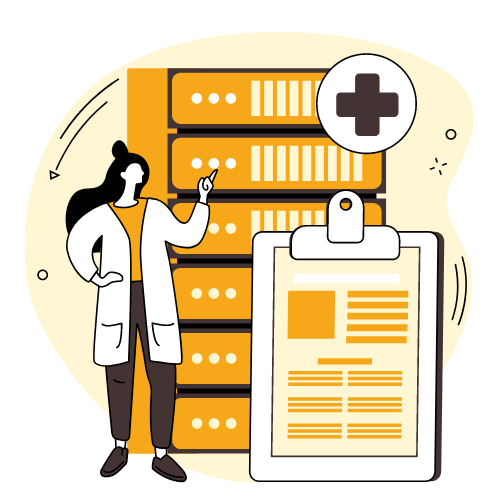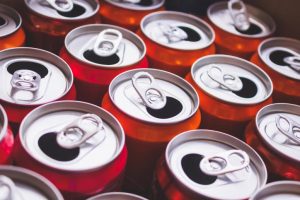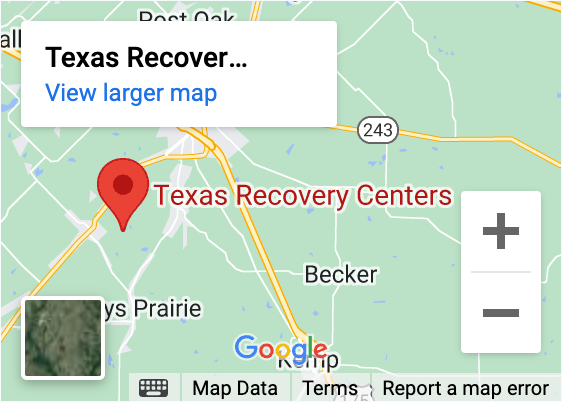When substance use disorder takes hold, it physically changes the brain. The encouraging news is that the brain possesses remarkable abilities to heal, adapt and rewire itself during recovery. This capacity, known as neuroplasticity, provides scientific backing to a simple truth: with time and support, the brain can recover from addiction.
Understanding Neuroplasticity in Recovery
Neuroplasticity refers to the brain’s ability to reorganize itself by forming new neural connections. This adaptability allows the brain to adjust to new situations, recover from injury, and strengthen important neural pathways while weakening harmful ones.
The concept of neuroplasticity has transformed our understanding of addiction treatment. Recovery requires more than willpower—it involves the actual rebuilding of neural pathways damaged by substance use. The damage caused by substances isn’t necessarily permanent. The brain can forge new connections, develop healthier response patterns, and gradually restore impaired functions.
Key Brain Regions Affected by Substance Use
Several brain areas are significantly impacted during addiction and subsequently heal during recovery:
The mesolimbic dopamine system, often called the brain’s reward pathway, normally responds to natural rewards like food and social connection. Substances hijack this system, causing abnormally large dopamine surges and eventually reduced sensitivity to natural pleasures.
The prefrontal cortex handles executive functions such as decision-making and impulse control. Substance use impairs this region, weakening judgment and self-control.
The amygdala regulates emotional responses, especially stress and anxiety. During addiction, it becomes hypersensitive, creating negative emotional states when the substance isn’t present.
The hippocampus, critical for memory formation, creates strong associations between substance use and environmental cues, triggering powerful cravings when encountering people, places, or situations linked to past use.
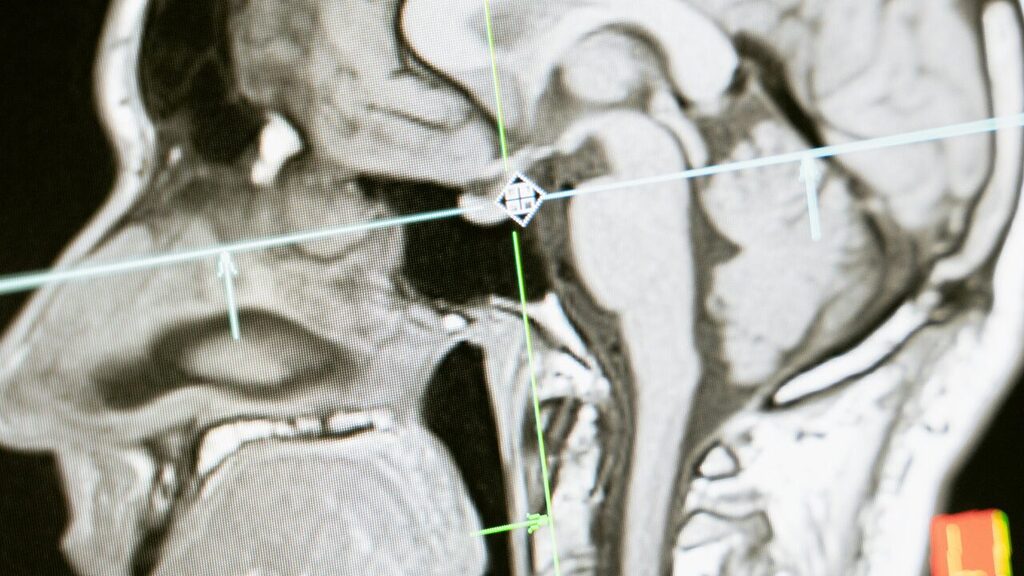
The Timeline of Brain Healing
Recovery follows a general progression, though individual experiences vary:
During the first two weeks, the body clears substances from its system while brain chemistry begins adjusting. Sleep and appetite regulation slowly improve, though mood fluctuations and cravings remain intense.
From one to three months, dopamine functioning begins normalizing. Sleep quality improves, and cognitive functions like attention and memory show measurable enhancement. Decision-making abilities strengthen as stress response systems start recalibrating.
Between three and six months, prefrontal cortex activity increases, improving impulse control. Stress reactivity decreases and executive functions continue improving. The brain’s volume, which may have shrunk during addiction, begins to restore.
From six to twelve months, white matter begins significant healing. Cognitive flexibility improves, making behavior change easier. Cravings typically decrease in both frequency and intensity as the brain’s response to natural rewards strengthens.
After one to two years, long-term recovery brings substantial healing. The prefrontal cortex shows significant restoration while stress reactivity approaches normal levels. The risk of relapse decreases significantly, though neural traces of addiction remain.
Research confirms that many aspects of brain function substantially recover by the two-year mark, though healing continues for years afterward.
Substance-Specific Recovery
Different substances affect the brain uniquely, leading to variations in recovery timelines:
Alcohol damages multiple brain systems. Cognitive improvements begin within weeks, while significant brain volume recovery occurs between 6-12 months. Some functions may take years to fully recover, with studies showing continued improvements even after 5+ years of sobriety.
Opioids dramatically alter reward and pain-processing systems. Natural endorphin production begins recovering within 1-2 months, while stress response normalization takes 6-12 months. Decision-making improves progressively over 1-2 years.
Stimulants like cocaine and methamphetamine particularly impact dopamine systems. Improvements in attention and memory become apparent at 6-12 months, with brain volume recovery occurring gradually over 12-24 months.
Marijuana, though often considered less harmful, alters brain development and function. Cognitive improvements emerge within 1-2 months, with emotional regulation improving at 3-6 months. Adolescents who used heavily may experience longer recovery periods.
Activities That Promote Neural Healing
Several evidence-based practices enhance neuroplasticity during recovery:
Regular aerobic exercise increases brain-derived neurotrophic factor (BDNF), a protein that promotes neural growth. It enhances blood flow to the brain, reduces inflammation, and helps regulate mood and stress response systems.
Proper nutrition provides building blocks for neural repair, including omega-3 fatty acids, antioxidants, B vitamins, and complex carbohydrates that support consistent brain function.
Mindfulness and meditation strengthen the prefrontal cortex and improve emotional regulation. Regular practice enhances connectivity between brain regions and reduces stress reactivity.
Quality sleep is essential for brain recovery. During sleep, the brain removes neurotoxic waste products, consolidates memory, and regulates mood-related neurotransmitters.
Healthy social connections stimulate positive neural adaptation by activating reward pathways naturally, reducing stress hormones, and strengthening prefrontal cortex function.
The Importance of Understanding Neuroplasticity
The science of neuroplasticity transforms how we understand addiction recovery:
When people understand their brains are physically healing, recovery becomes tangible—a biological reality rather than an abstract concept.
Recognizing addiction as a brain disorder reduces stigma and self-blame, shifting focus from moral failing to medical recovery and acknowledging the genuine challenges of early recovery.
Understanding the timeline of brain recovery helps maintain motivation, especially when progress seems slow. It builds appreciation for the brain’s remarkable resilience and confidence in natural healing processes.
Neuroplasticity education improves relapse prevention by helping individuals understand vulnerability periods based on neural recovery stages and recognizing that each period of sobriety strengthens healthy neural pathways.
Looking Forward
The science of neuroplasticity offers profound hope for anyone struggling with substance use disorder. Your brain’s natural ability to heal provides the biological foundation for lasting recovery.
Recovery means not just abstaining from substances but actively engaging in practices that promote neural healing. With each day of recovery, your brain forges new connections, strengthens healthy pathways, and moves further from addiction’s grip.
If you or someone you love is struggling with substance use disorder, remember that healing is possible at any stage. The remarkable plasticity of the human brain means that recovery is not just about returning to who you were before addiction—it’s about becoming a healthier, more resilient version of yourself.
Take the first step toward healing your brain and reclaiming your life. Contact Texas Recovery Centers today at 888-354-2194 to learn more about our approach to addiction recovery.


